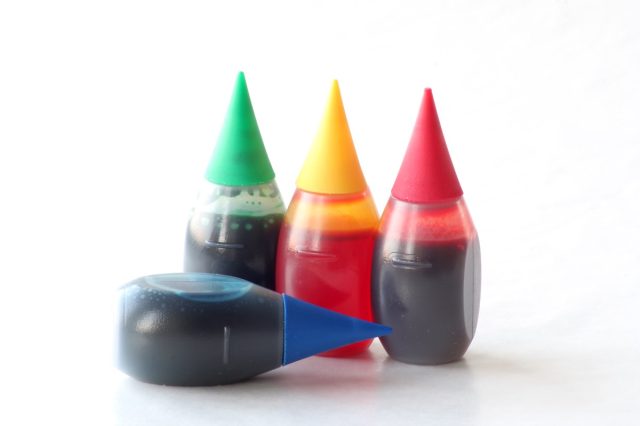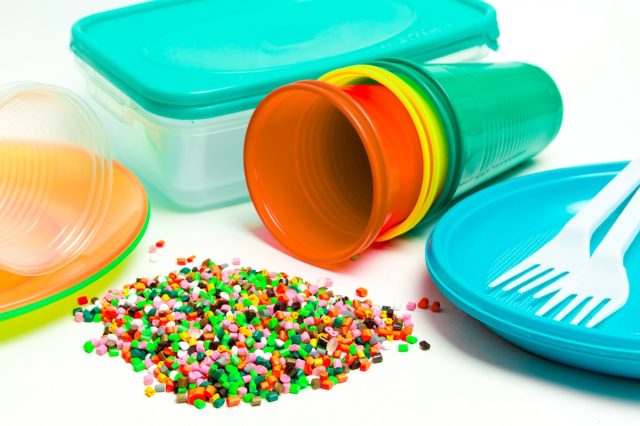popular food dyes found in skittles, Doritos, Other common foods can lead to bowel disease, according to a new study published Dec. 20 in the journal Science. Nature Communications. A team of scientists Food additive called red 40, or Allura Red AC Crohn’s disease Or ulcerative colitis.
“This study demonstrates significant detrimental effects of Allura Red on gut health and identifies gut serotonin as a key factor mediating these effects,” said senior author of the study, Pathology. and Waliul Khan, professor in the Department of Molecular Medicine and principal investigator, said in a statement by the Farncombe Family Digestive Health Research Institute. “These findings have important implications for the prevention and management of intestinal inflammation.”
Khan called his team’s findings “shocking and alarming” and urged the public to take the news seriously. “It’s an important advance in warning the public about possible harm,” he said.
So what exactly is Red 40 food dye and in which foods is it most commonly found? Read the full findings of a new study to help you prepare your diet for this new information. Check it out. For more, learn about America’s 23 Worst Food Additives.
The team studied groups of mice and found that ‘doses’ of Red 40, ‘found in commonly consumed foods’, for 12 weeks ‘exacerbated experimental models of colitis.’
The researchers also found that an artificial color marker found in neuroendocrine enterocytes “increased the susceptibility of mice to colitis when exposed to AR during infancy.”
Neuroendocrine cells are cells lining the intestinal tract that are responsible for producing and releasing hormones and other signaling molecules in response to a variety of stimuli, including mechanical and chemical signals from the gastrointestinal tract and nervous system. is a kind of
Neuroendocrine cells play an important role in regulating various bodily functions, including digestion, metabolism, and immune function. When they are destroyed, inflammation, ulcers, or destruction of healthy gut bacteria can lead to the development of inflammatory bowel disease.
This explains the possible link between eating red 40 food coloring and the development of bowel disease.

Red 40 is a synthetic food coloring commonly used to give a reddish color to various food and beverage products. It is approved for use as a food coloring by the US Food and Drug Administration (FDA).
This additive is petroleum-derived and is produced by a chemical process involving the reaction of petroleum-derived intermediates with various chemicals. It is often used in combination with other food coloring to create a wide variety of shades and shades.

Red 40 is used in a variety of products including candies, baked goods, cereals and soft drinks. Examples of brands using Red 40 in their products include:
- skittles
- M&M’s
- starburst
- Jelly Belly
- Twizzler
- Fanta
- mountain drop
- Doritos
It is important to note that not all products from these brands contain Red 40. Check ingredient lists on food packages to determine if a product contains Red 40 or other potentially controversial ingredients.

As reported, the new study was done in mice rather than humans. Other research suggests that Red 40 may be associated with: child behavior problemswhich has also been shown to be the cause of allergic reaction In some people, especially those who are allergic to food dyes.
Despite these concerns, FDA Red 40 was determined to be safe when used in amounts normally found in food. In 2011, an agency reviewed them for safety and said of Allura Red:
The FDA reconsidered its findings in 2019 and maintained its stance.
However, it’s important to be aware of the potential risks associated with using synthetic food colors such as Red 40 and consider these risks when making your daily food choices.

One of the dangers of food additives is that they can disrupt the body’s natural hormones.some food additives such as Bisphenol A (BPA) and phthalates have been shown to disrupt the endocrine system and may be linked to a variety of health issues, including fertility problems, obesity, and certain types of cancer.
These additives are found in a wide variety of products, including plastic containers and packaging materials that can leach into food and beverages. To avoid them, look for “BPA free” products.
Another additive associated with health risks is trans fatThese unhealthy fats, often found in processed foods such as baked goods and fried foods, have been linked to an increased risk of heart disease, stroke, and other serious health problems.
Trans fats are formed when liquid vegetable oils are partially hydrogenated. This process gives the oil a longer shelf life and greater stability at high temperatures. Therefore, it is important to check food labels carefully.
For more information on the dangers of food additives, see our definitive list of food additives. 23 Worst Food Additives in America.


